- 14 Posts
- 8 Comments

 171·7 days ago
171·7 days agoModel weights, datasets, data generation code, evaluation code, and training code are all publicly available.

 2·12 days ago
2·12 days agoThe definition says it must include data information (“the complete description of all data used for training, including (if used) of unshareable data, disclosing the provenance of the data, its scope and characteristics, how the data was obtained and selected, the labeling procedures, and data processing and filtering methodologies”), as well as code and paramters. Read your link.
The guys at Hugging Face are working on a more open model based on Deepseek as they also claim it is not fully Open Source.
Thank you for stating that “@Hotznplotzn@lemmy.sdf.org is likely a paid actor” being baseless. It indeed is, although your hint is not too friendly.

 2·12 days ago
2·12 days agoI respectfully disagree. The analysis provides much more input that Deepseek’s press release claiming its USD 5m budget (and some other points -e.g. of being Open Source while it isn’t, and other points.)

 21·14 days ago
21·14 days agoFrom an article on an AI summit in Europe with such a title I would have expected that Eurooean LLM projects are at least mentioned.

 41·19 days ago
41·19 days agoI never believed that myth either, but it’s been around here on Lemmy these days :-)

 21·20 days ago
21·20 days agoSee my comment above regarding the state actors. The Chinese government apparently tries to influence the narratives on Tiktok.
I would also like to make some criticism of the so-called ‘manufactured consent’. Chomsky and Herman made some points on corporate media, but their conclusion is wrong. People do not consent on news just because they can’t influence the content. You can ‘manufacture the news’ -as is done by corporate media in the U.S. and ‘the West’ as well as in China by the Communist Party- but that does not mean people consent.

 13·20 days ago
13·20 days agoChina, in particular, has developed sophisticated strategies to control narratives and influence public opinion through digital platforms. This phenomenon, often referred to as “networked authoritarianism,” involves state actors using subtle tactics like algorithmic manipulation and strategic content curation to shape narratives on popular social media platforms.

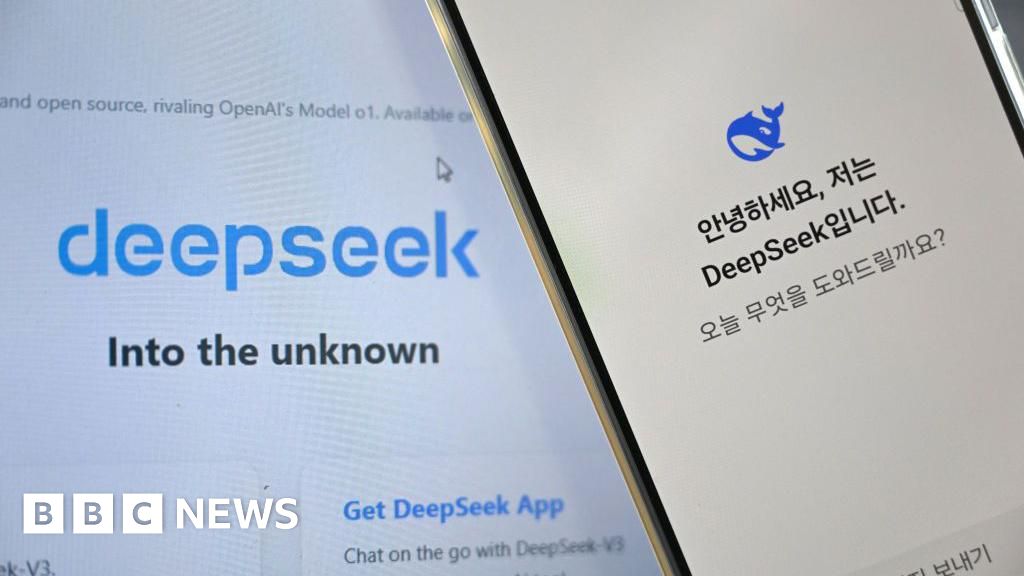




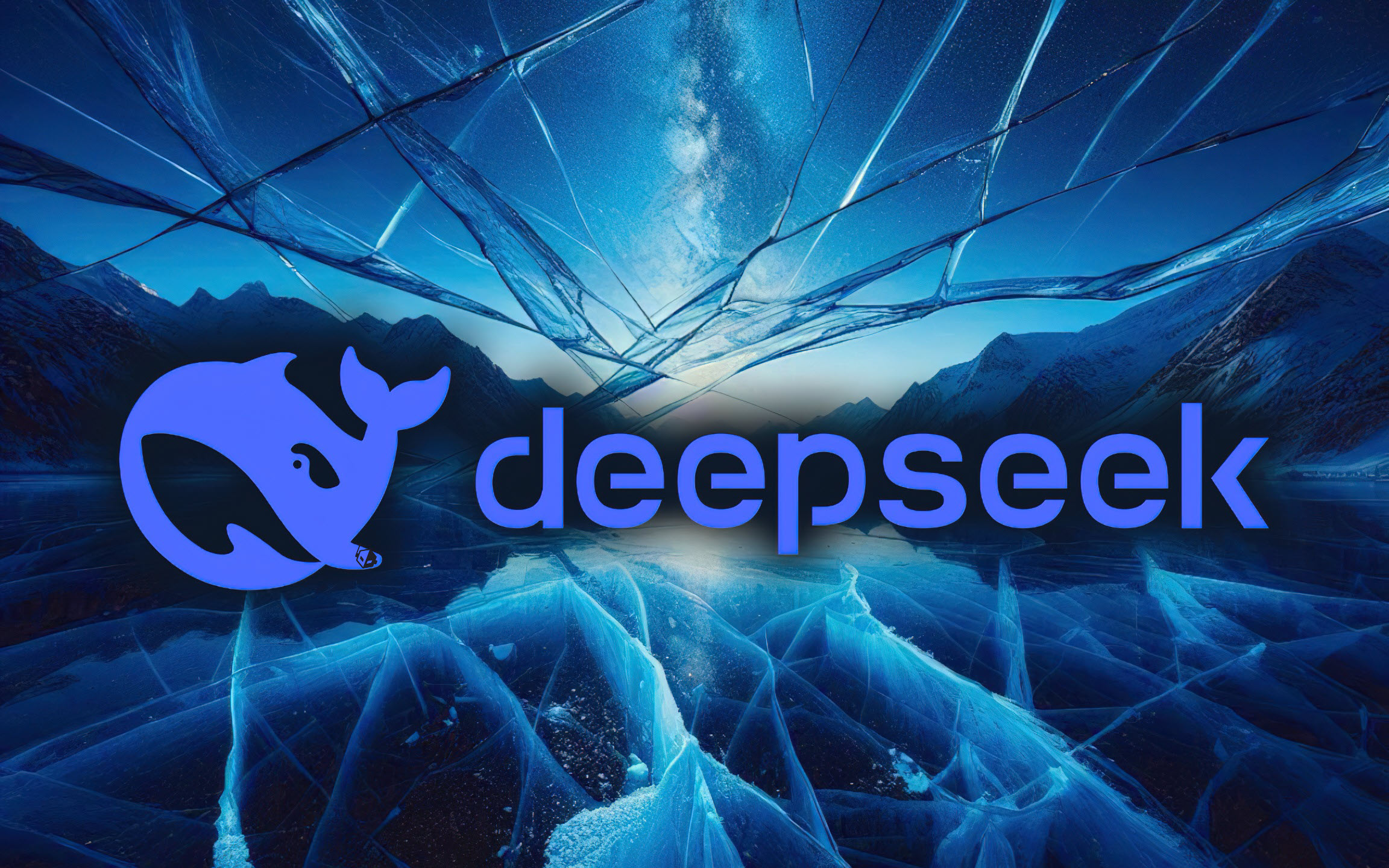
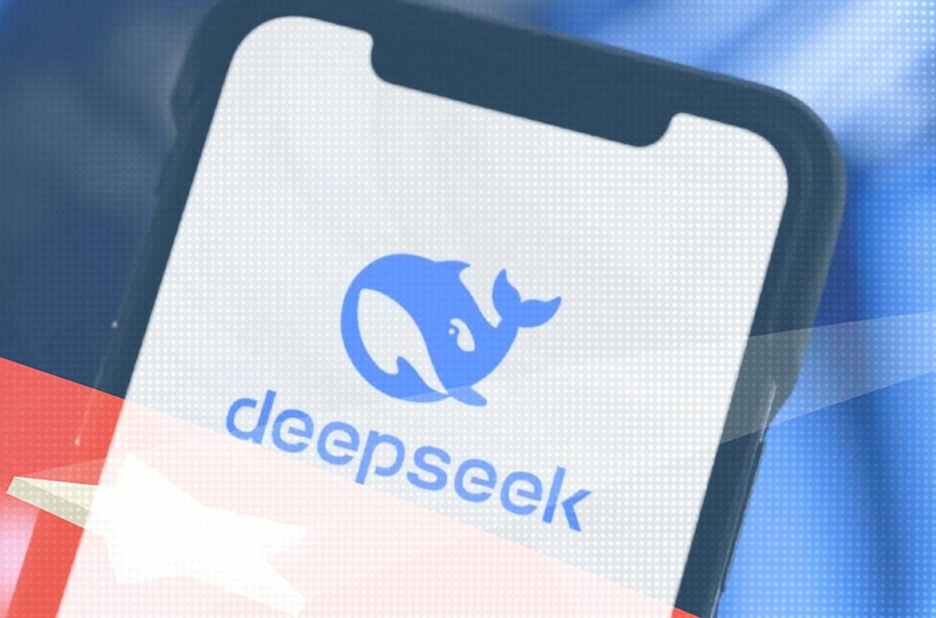
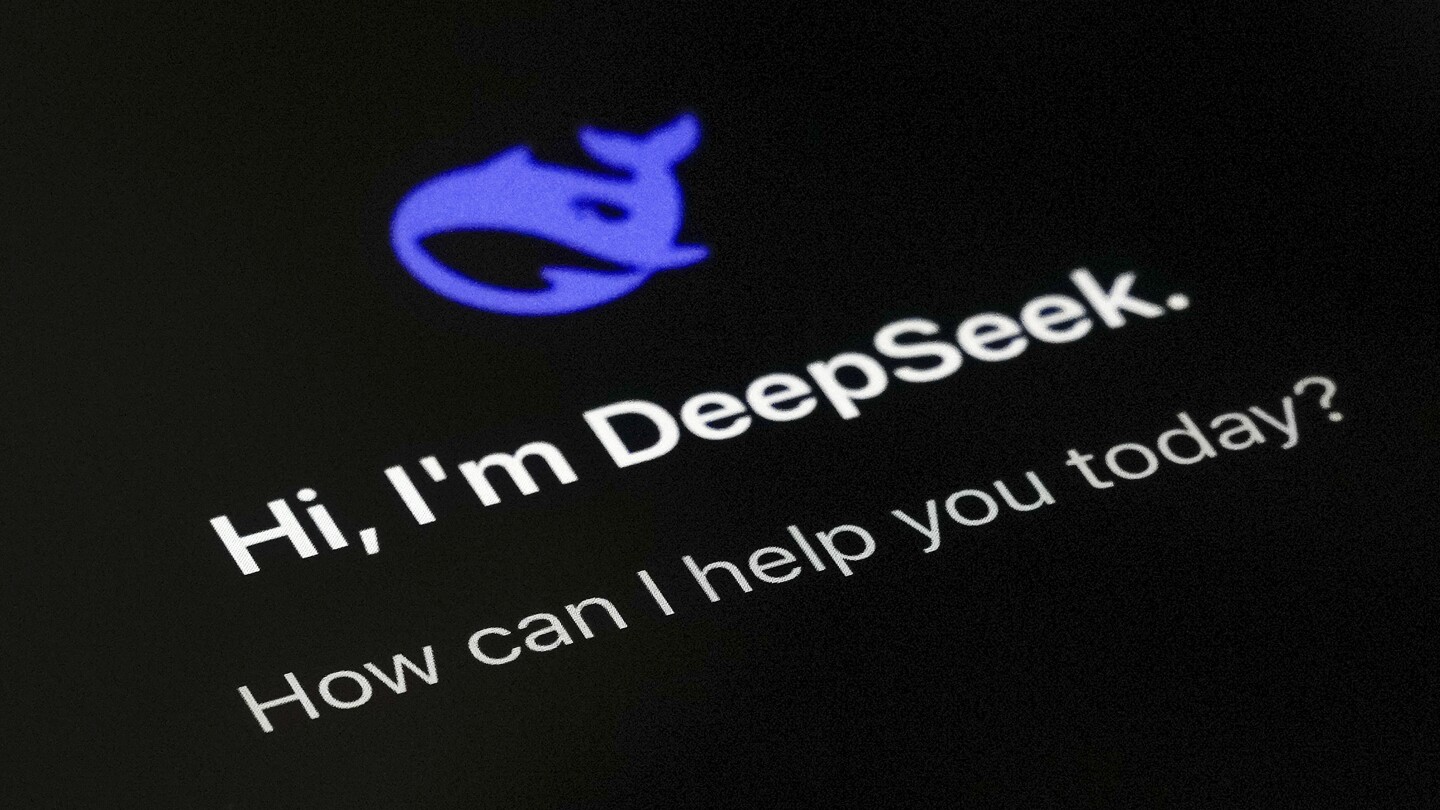
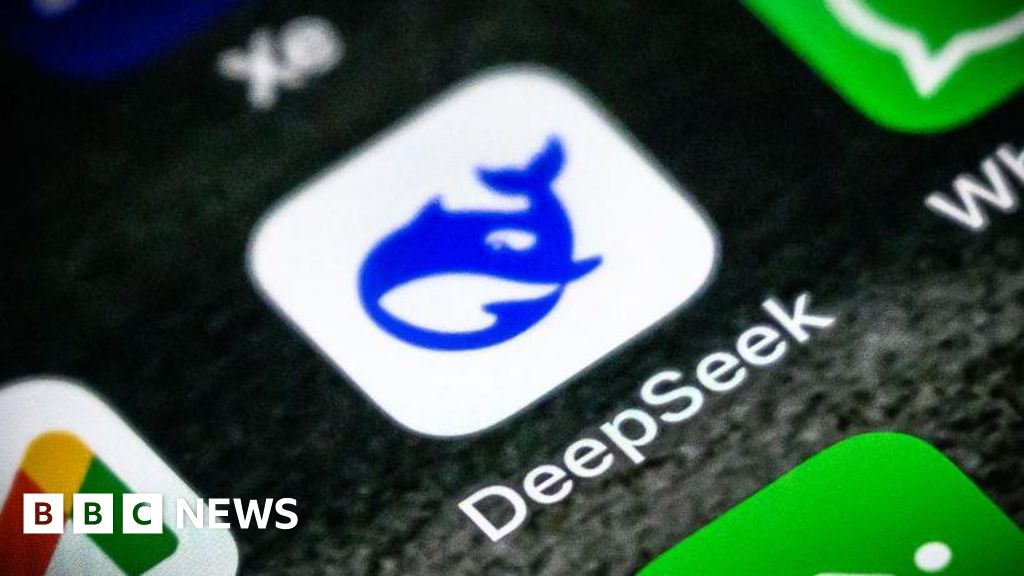
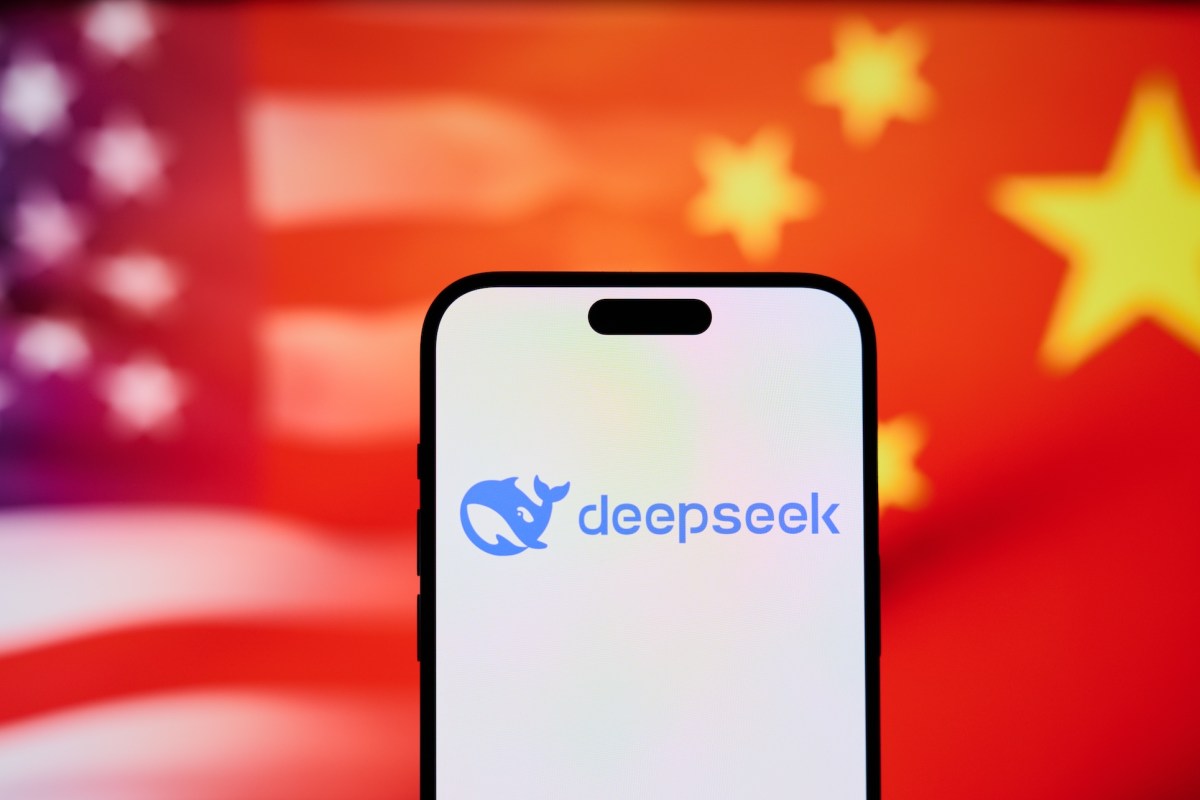

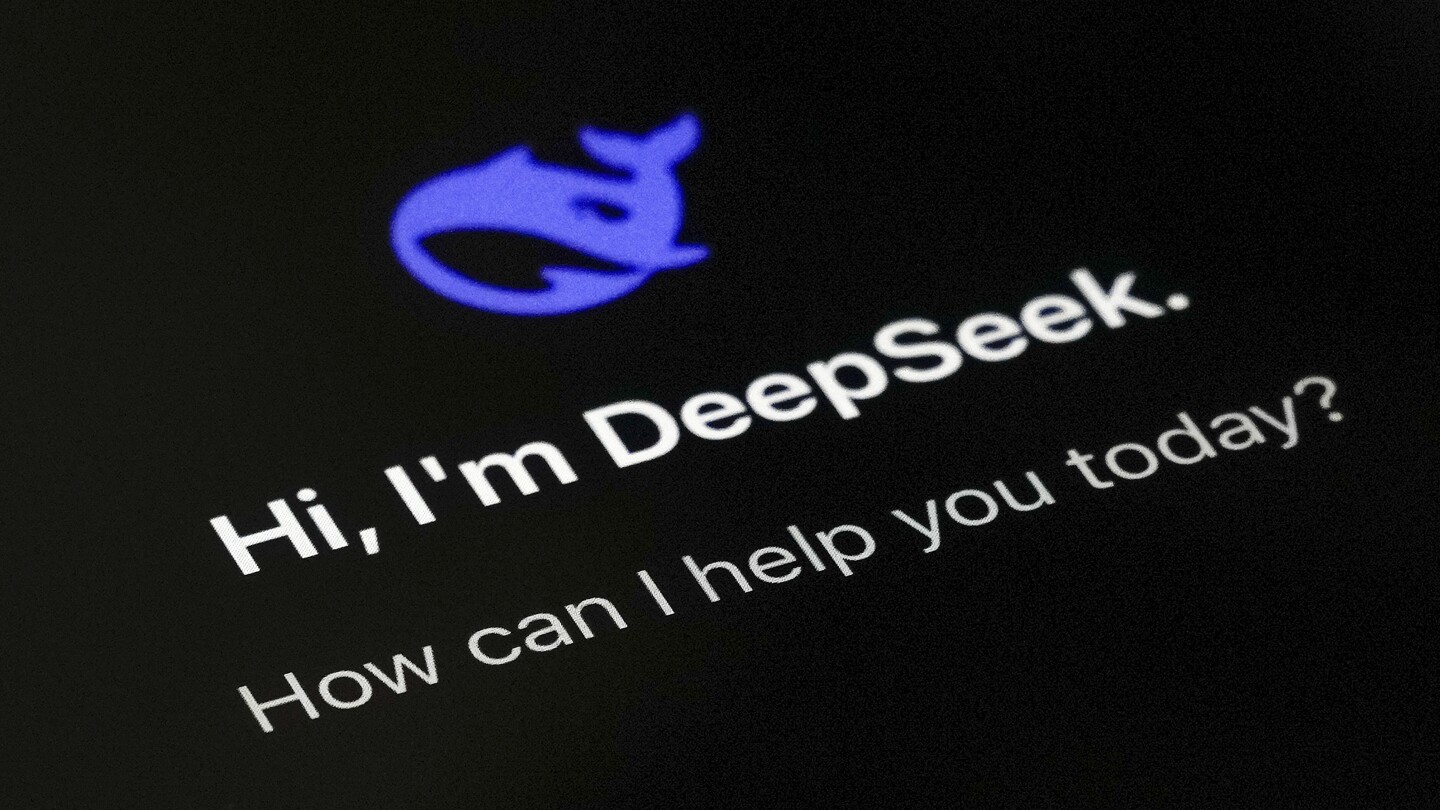
As @naeap@sopuli.xyz said, it’s on their Hugging Face site (here the link again: https://huggingface.co/open-thoughts/OpenThinker-32B), just below the first table are all the links.